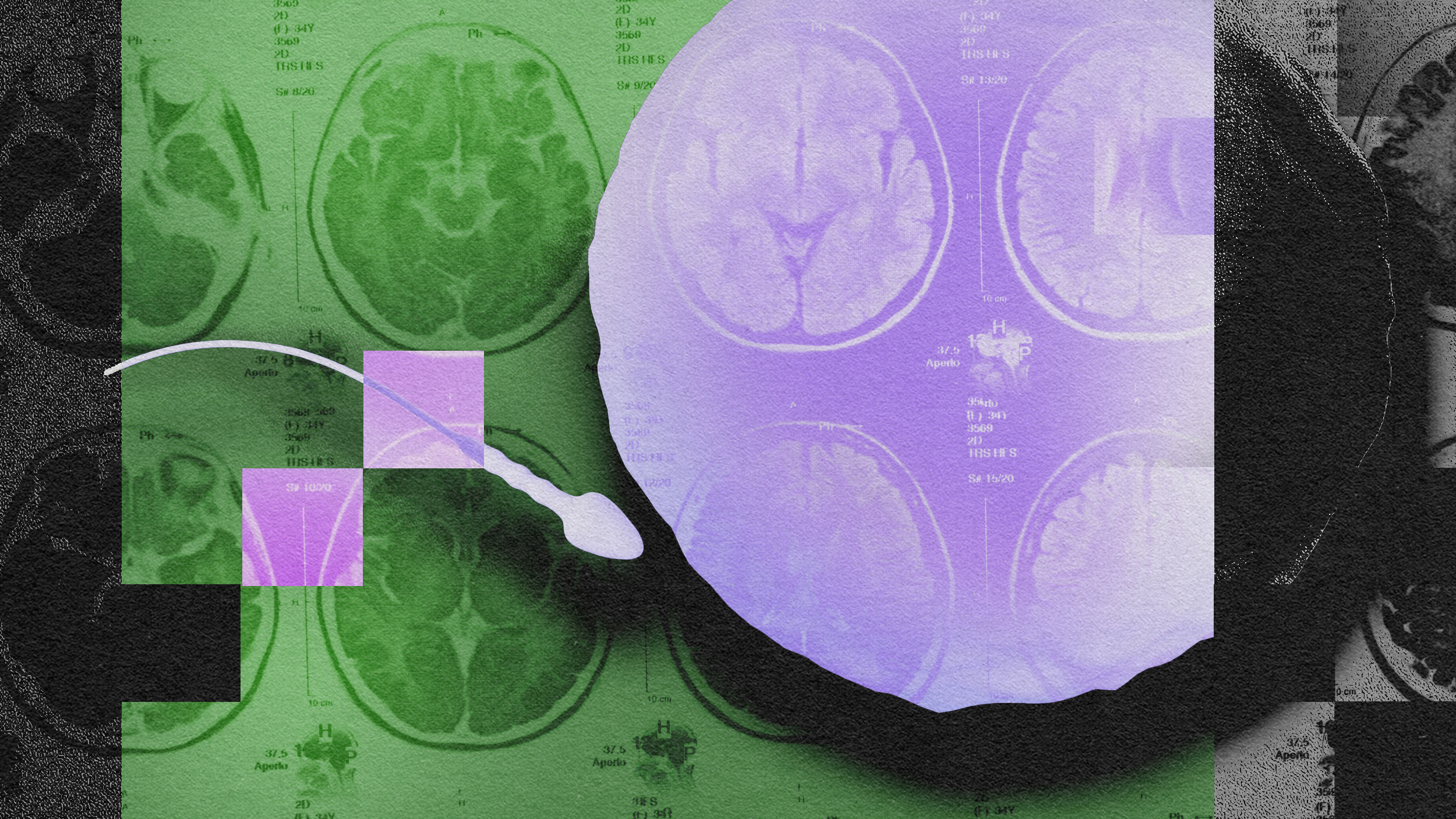In Vitro Fertilization Risks

What’s the Most Recent Development?
Governments are considering limiting the number of fertilized embryos placed into a woman’s uterus during the course of in vitro fertilization to one. During the process, a woman’s egg is fertilized in a laboratory before being inserted into her uterus and brought to term. This method of having children, however, tends to produce twins and triplets which are often born prematurely and suffer health complications as a result. In countries with national health systems, the cost of caring for premature birth complications is shouldered by governments.
What’s the Bid Idea?
Governments are looking in all the nooks and crannies to save money in our time of tight budgets. Because placing more than one embryo back into a woman’s uterus increases the chances of pregnancy, more twins and triplets are born using in vitro fertilization. But governments are increasingly unwilling to pay for the health complications that often result from premature births, which occur in higher rates with twins and triplets. While the U.S. does not have a national health service, the issue of infant health is still relevant.





